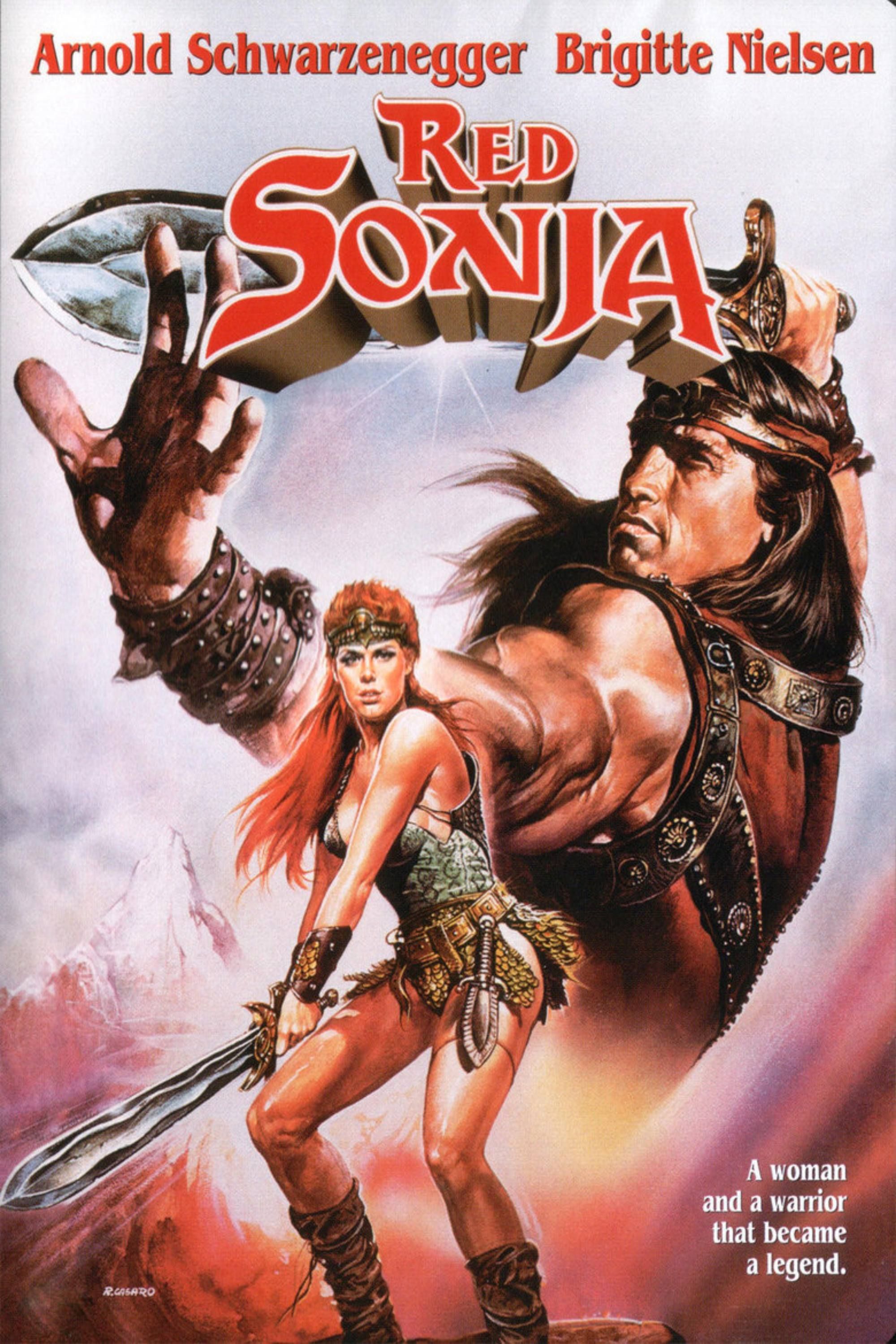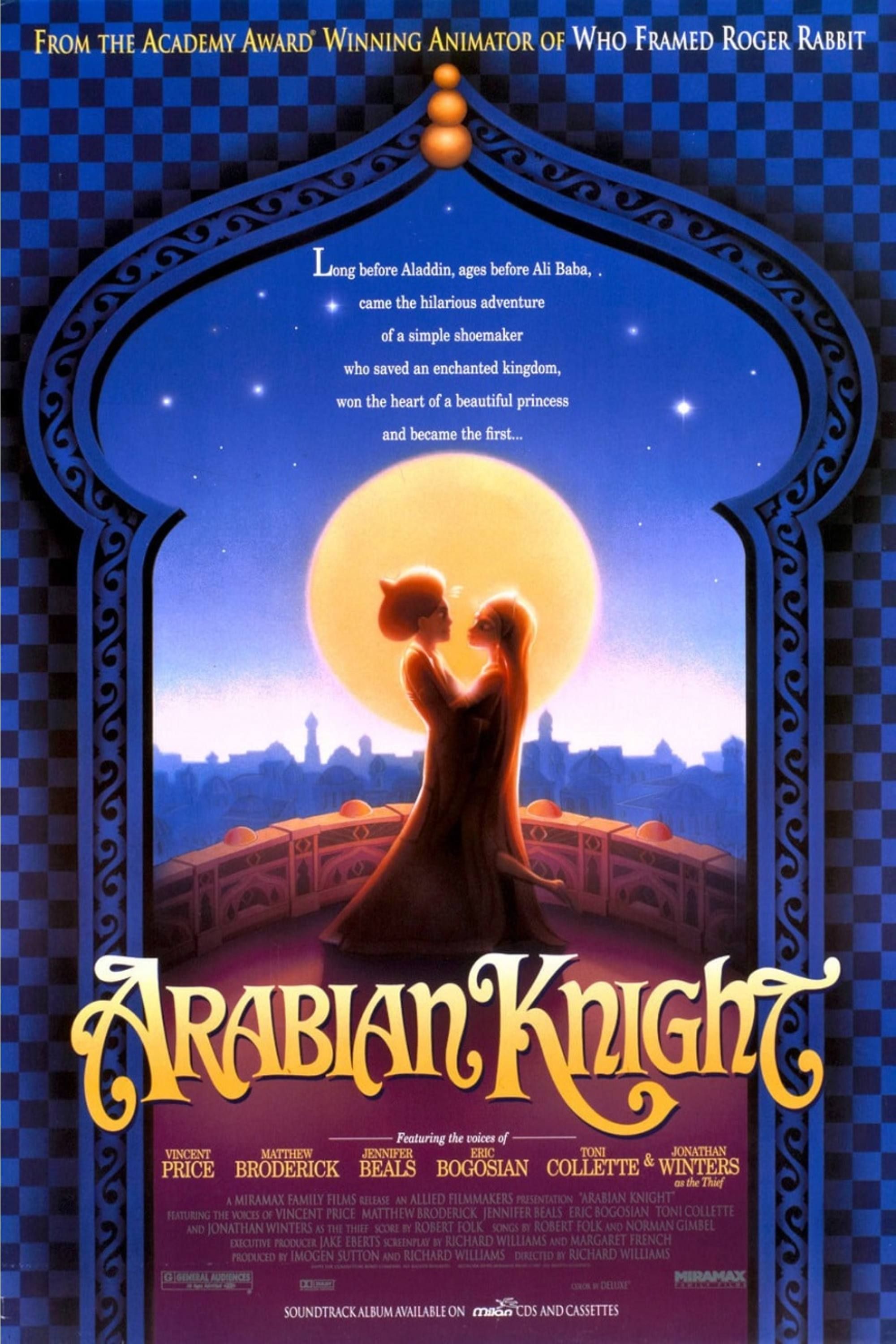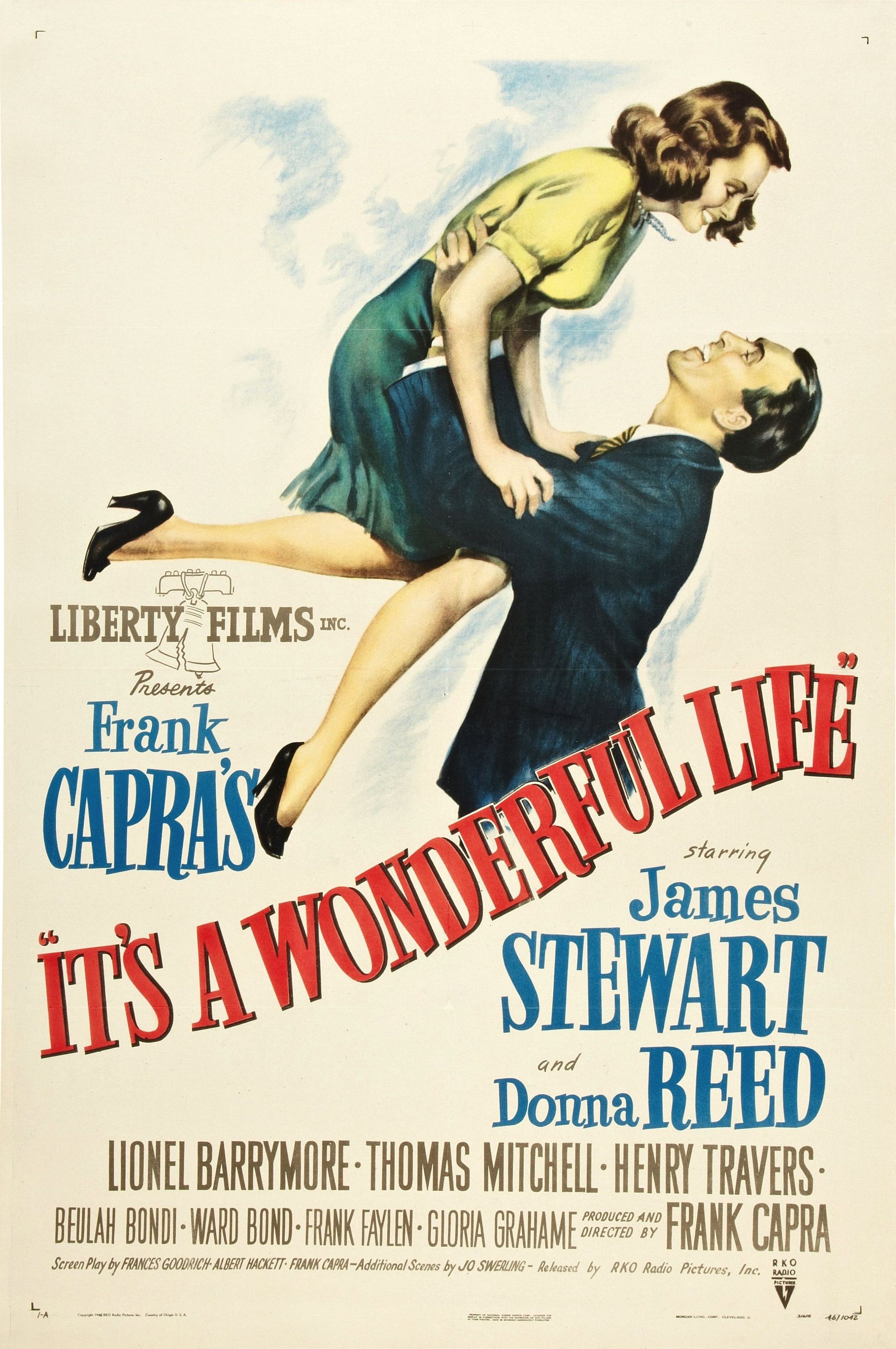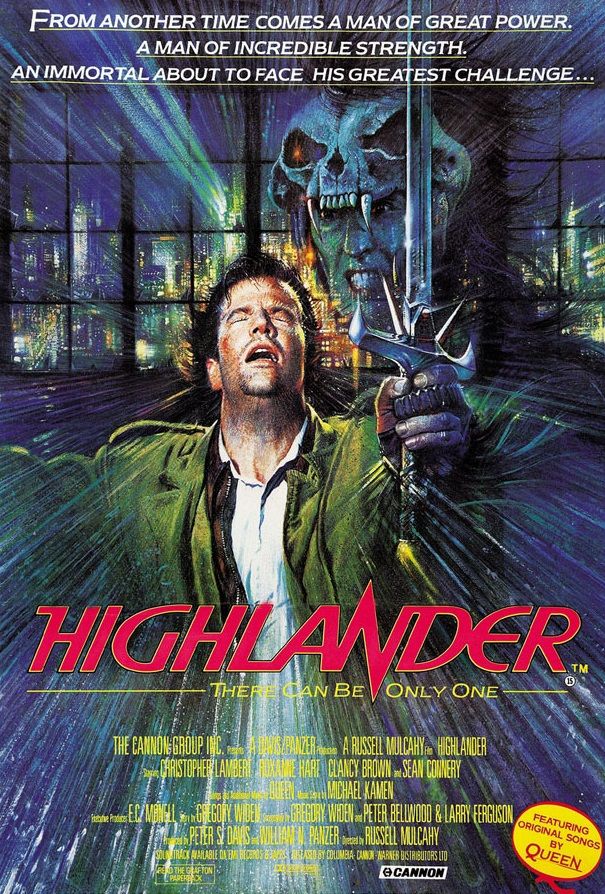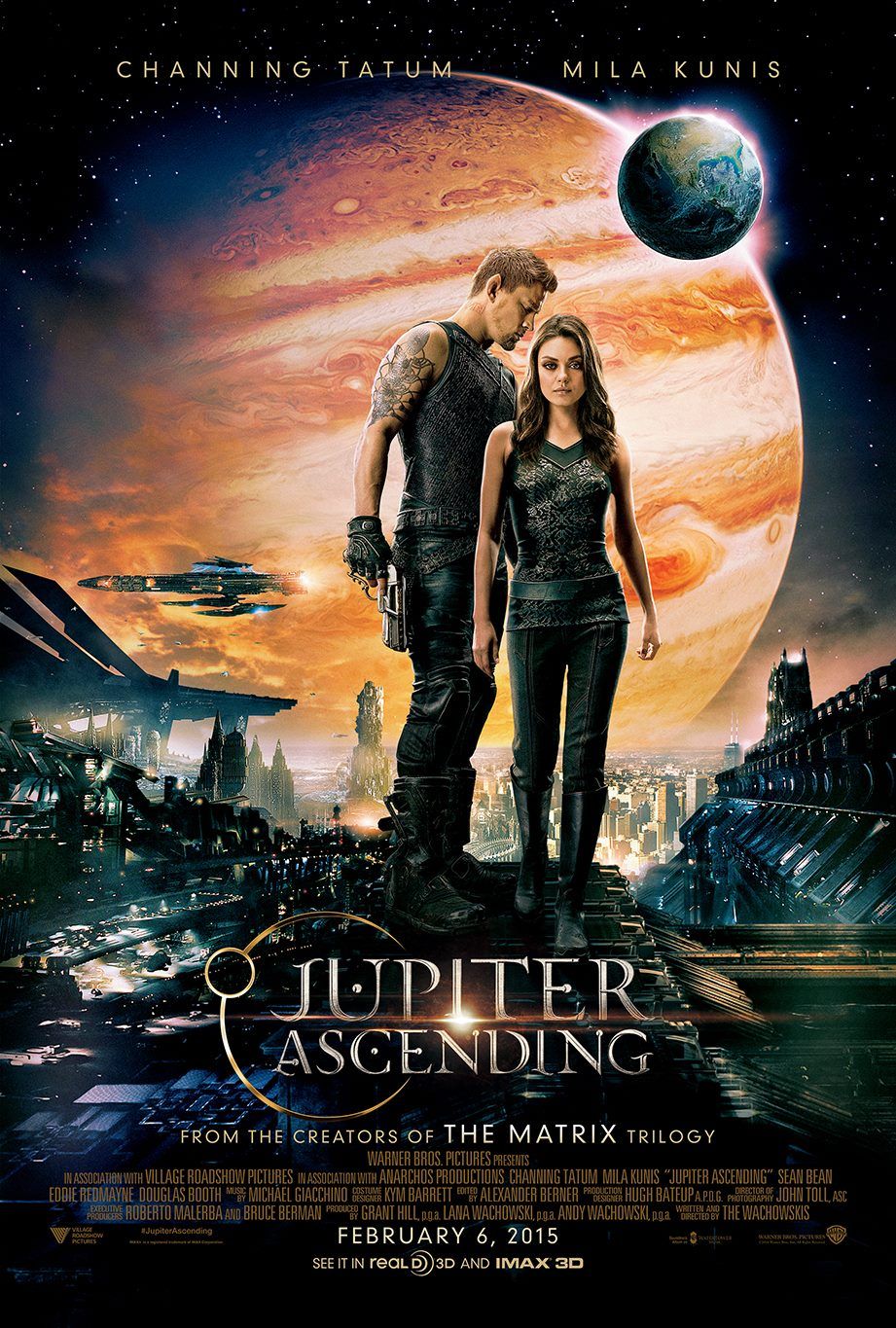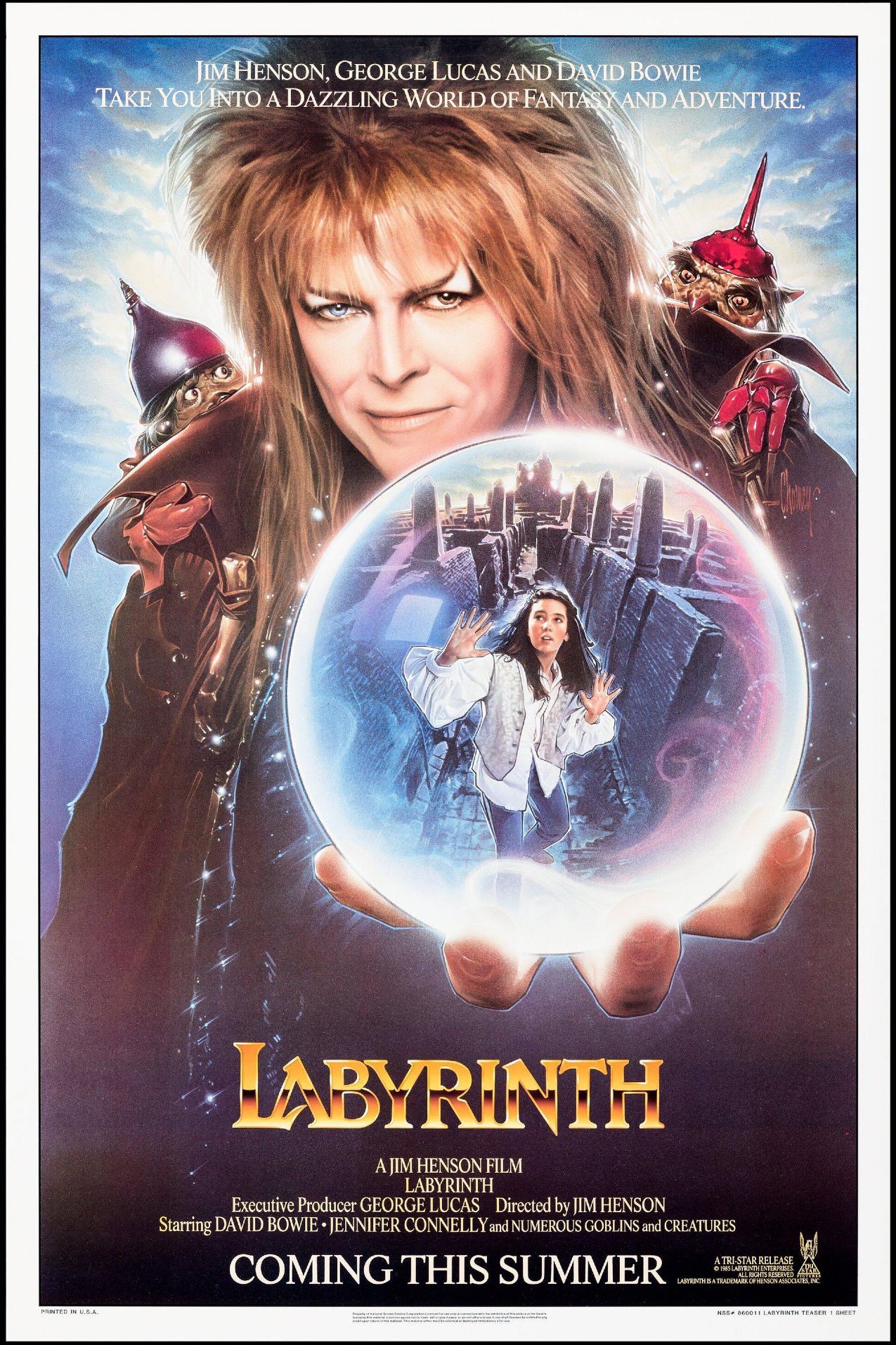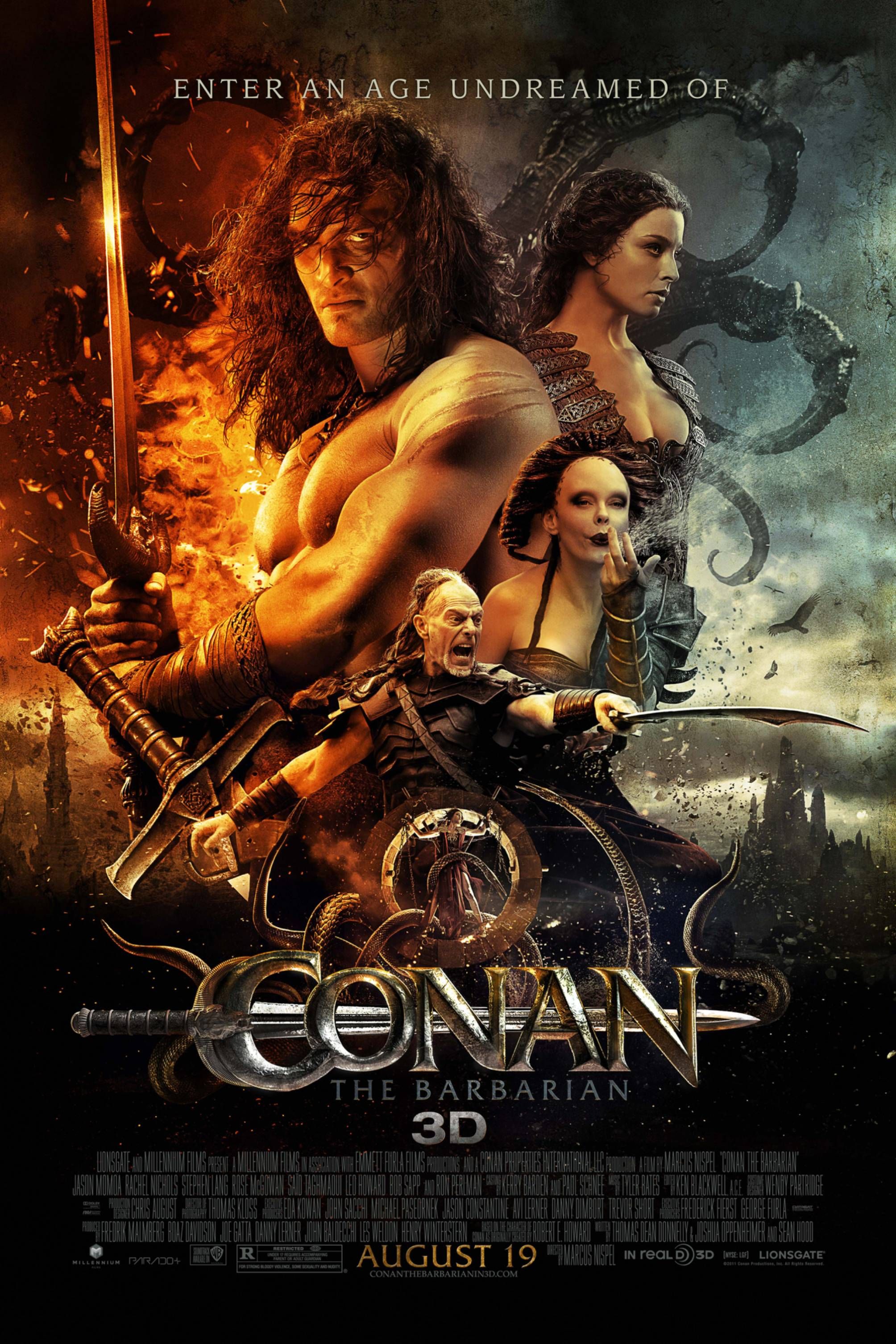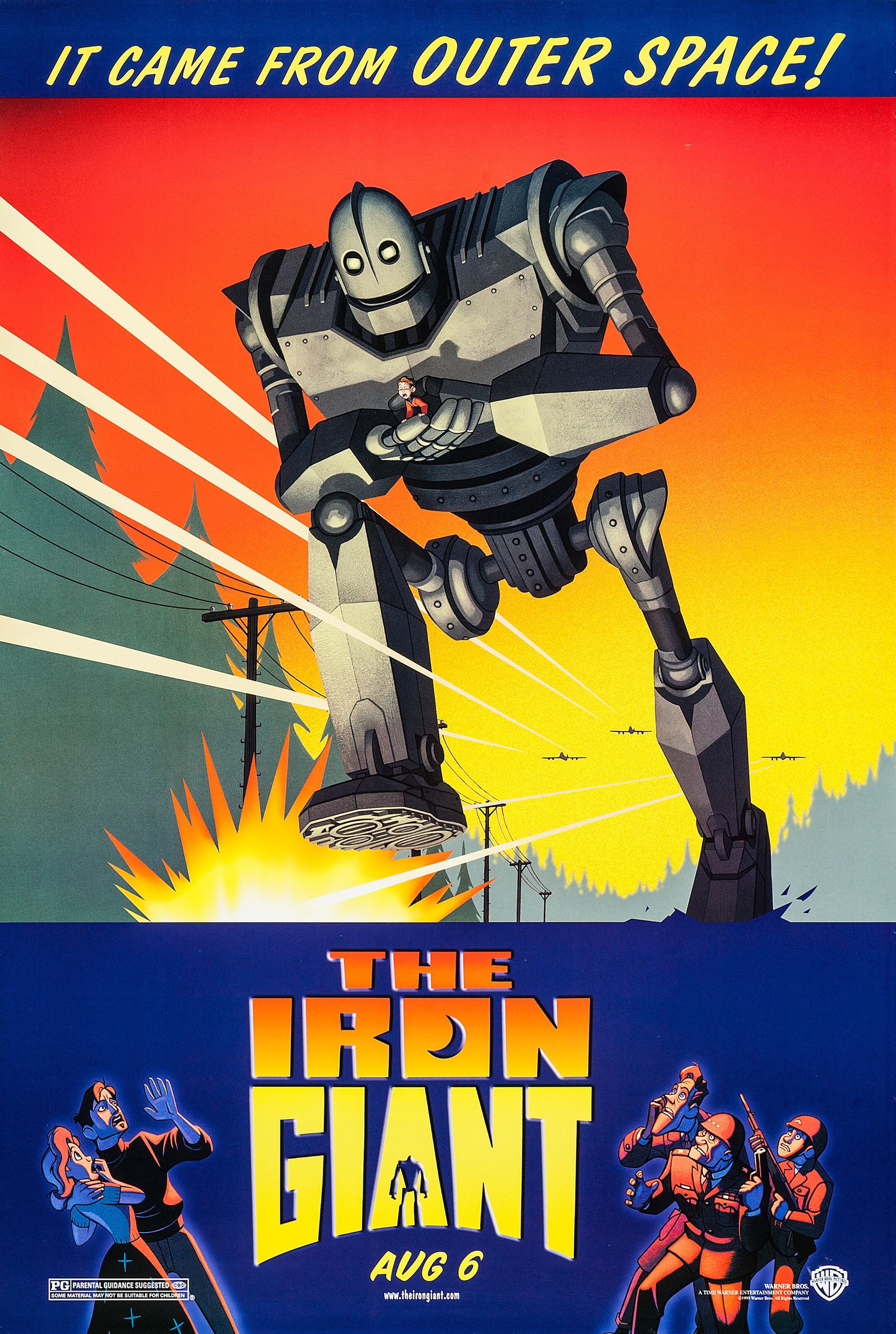There have been so many great fantasy movies over the years that never received the box office love they deserved. As a genre that relies on viewers letting themselves be swept away by alternative worlds and stories of magical wonder, sometimes it takes a while for the value of a fantasy story to be recognized by viewers, and it is only years or decades later that a fantasy film takes its rightful place as a cult classic. Other times, movies that should have been great were handled badly, and subpar films were released that didn’t reach their full potential.
Some of the biggest box office flops of all time were in the fantasy genre, as this was a style that can feel overly campy and needlessly self-important if not presented well. It’s a fine line to walk, and while the best fantasy movies ever have pulled this off well, other movies’ appeal was only realized much later after viewers’ nostalgia had time to take hold. Whether due to production issues, lack of viewer engagement at the time, or deviating from the source material, all these fantasy flops deserved better.
10 Red Sonja (1985)
Budget: $17.9 million / Grossed: $6.9 million
After two successful Conan the Barbarian movies, bodybuilding superstar Arnold Schwarzenegger had solidified his role as a major fantasy icon and by 1985 had already broken into the action movie space with The Terminator. This made it seem like a third Conan movie would be a certainty, but instead, the world got the female-centric swords-and-sorcery movie Red Sonja. Like the Conan movies, Red Sonja was set in the fictional prehistoric era of the Hyborian Age, although this time, things did not come together quite so well.
Red Sonja cast Brigitte Nielsen in the title role and brought back Schwarzenegger as a new character, Lord Kalidor, leading to confusion about whether this was a Conan movie or something entirely different. By leaning into Red Sonja’s connection with the Conan universe, as it was based on a spin-off comic, the film set up audience expectations that could never be reached. By having Schwarzenegger return but not reprise his most famous role, Red Sonja was a letdown on all fronts and bombed at the box office.
9 The Black Cauldron (1985)
Budget: $44 million / Grossed: $21.1 million
The ambitious fantasy The Black Cauldron was supposed to put Disney back on the map, but audiences weren’t prepared for such a dark story then. As a movie sandwiched between The Fox and the Hound and The Great Mouse Detective, The Black Cauldron was a critical and commercial disappointment that acted as a low point in the studio’s post-Walt era. While the tale of a young boy traveling far from home to vanquish an ultimate evil was meant to be gripping, its box office taking was anything but as it didn’t even take in half its budget.
The story behind The Black Cauldron was one of pure catastrophe (via Collider), as the movie fell four years behind schedule and suffered from a litany of production issues. However, despite all the drama behind the scenes, The Black Cauldron was still a compelling adventure that never got its due at the time of its release. While The Black Cauldron may have been a notorious flop, it’s very much worth revisiting, and viewers who catch up with it for the first time on Disney+ may be pleasantly surprised to find a hidden animated classic.
8 The Thief And The Cobbler (1995)
Budget $28 million / Grossed: $669,276
The Thief and the Cobbler was one of the most notorious box office flops in Hollywood history, whose 29-year production made its failure all the more tragic. This epic tale was envisaged by Canadian animator Richard Williams as his masterpiece. It was supposed to signal the dawning of a new milestone in animation. Yet, the production was so haphazard that Williams was pushed out of his own project and has never even watched the released version of the film (via Guardian.)
Williams developed his script and the characters for The Thief and the Cobbler throughout the 1970s and, during the 1980s, after gaining acclaim for his work on Who Framed Roger Rabbit, finally got it financed. The movie fell behind schedule and went over budget, leading to an unfinished and poorly received cuts of the film being released in 1993 and 1995. The Thief and the Cobbler could have been great, but studio interference, time constraints, and messing with an artist’s vision led to a total disaster.
7 What Dreams May Come (1998)
Budget: $85 – 90 million / $77 million
The striking beauty and incredible visuals of What Dreams May Come never got their due, and it remains one of Robin Williams’s most underrated movies. Telling the story of a man who has died and arrived in an afterlife created by his own imagination, Williams starred Dr. Chris Nielsen, the kind-hearted man trying to do anything in his power to connect with his deceased wife in this next existence. With deep philosophical themes and a probingly poignant narrative, What Dreams May Come will tug at the heartstrings of anyone who sees it.
Sadly, many did not see What Dreams May Come, and the film received mixed reviews, with critics praising the visuals but slating its plot. What Dreams May Come was based on a novel by Richard Matheson, and the ways in which it deviated from its source material did the movie a disservice. Despite all its issues, What Dreams May Come remained a spellbinding visual spectacle and a remarkable showcase of the power of cinema that deserved a much bigger audience.
6 It’s A Wonderful Life (1946)
Budget: $3.13 million / Grossed $3.3
The holiday classic It’s a Wonderful Life has grown to become the quintessential Christmas movie in the decades since its release, but this was not always the case. When it was first released, It’s a Wonderful Life received mixed reviews and underperformed at the box office, making just $3.3 million (via Yahoo.) While James Stewart was rightfully praised for his characterization of George Bailey and his struggles to know the true impact of his life, there was a perception it did not stand up against earlier Frank Capra movies like It Happened One Night.
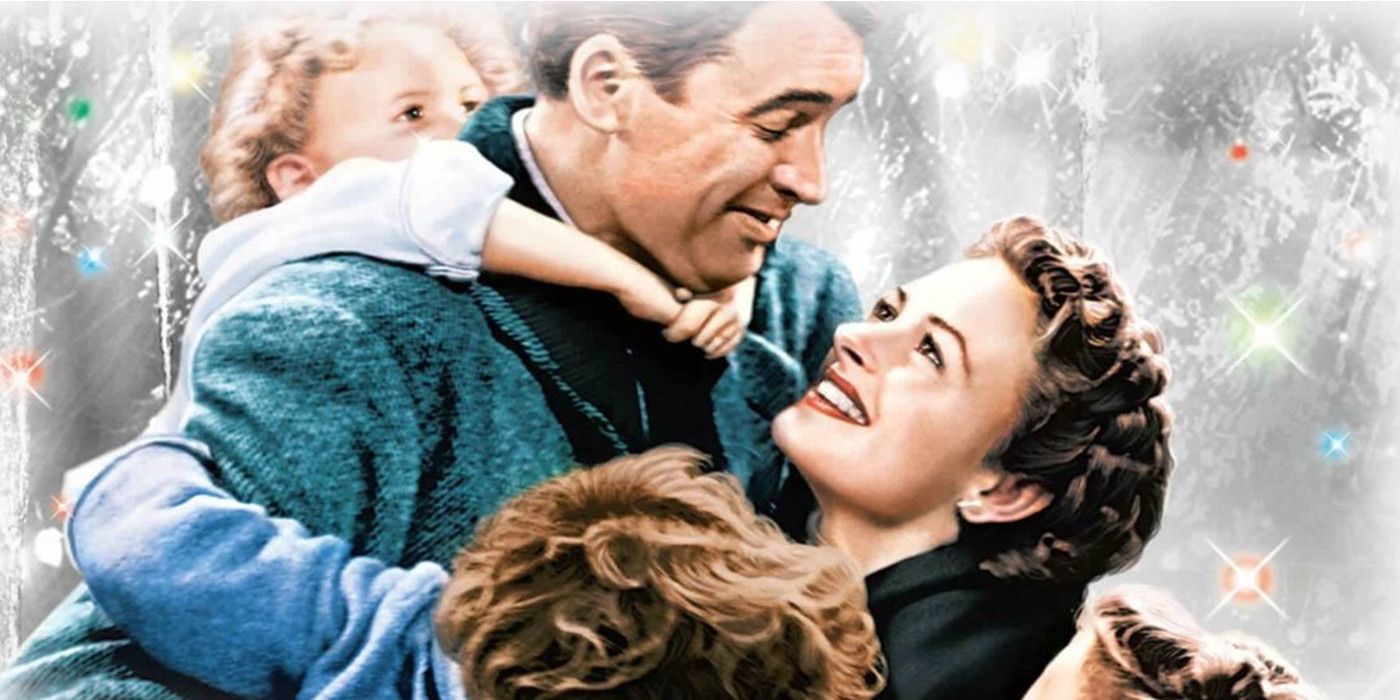
Related
How It’s a Wonderful Life Went From Box Office Dud to Christmas Classic
It’s a Wonderful Life was a box office dud that bankrupted its studio, but decades after its original release it became an iconic Christmas film.
The reputation of It’s a Wonderful Life as a timeless classic came later as a copyright error in 1974, which meant the movie entered the public domain. This accidental slipup meant that hundreds of local television stations would air It’s a Wonderful Life every holiday season, and the film slipped into the public consciousness as a festive favorite and an annual viewing tradition. While It’s a Wonderful Life deserved better upon release, its beloved status today has more than made up for it.
5 Highlander (1986)
Budget: $16 million / $12.9 million
The fantasy adventure Highlander received mixed reviews and failed to recoup its budget when it was released in 1986. Despite an engaging mythology about immortal swordsmen beheading one another and embroiled in an eternal war, the general perception of Highlander when it was released was that it was ripped better movies like Blade Runner and The Terminator. While the fight scenes were laughable, and the special effects left a lot to be desired, Highlander still had some innate charm that meant it mostly worked.
While Highlander did not get its due when it was released, over time, it grew into a sprawling franchise with complete sequels, books, and even an animated series. The movie quote “There can be only one,” which referenced the ancient beliefs of the immoral Highlanders, has even carried forward into popular culture. As a cheesy and bombastic fantasy, Highlander has been reappraised by critics in the decades since then. Today, it is remembered as a fun fantasy and a firm favorite among swords-and-sorcery enthusiasts.
4 Jupiter Ascending (2015)
Budget: $179 million / Grossed: $181 million
The Wachowskis gave filmgoers a fantastical space opera story with Jupiter Ascending, but the issue was that audiences did not want it. This big-budget sci-fi spectacle starred Channing Tatum and Mila Kunis in a universe-spanning epic about an interplanetary warrior and a human whose destiny extended far beyond Earth. With a bloated budget and big expectations for the Wachowskis to make up for their previous flop, Cloud Atlas, sadly, history repeated itself.
Jupiter Ascending was a commercial letdown that barely recouped its budget, yet looking back on the film today, it’s a heartfelt mix of fairy tale ideals with stunning visuals. There’s whimsical romance and thematic depth within Jupiter Ascending for those willing to give it a chance. It’s easy to dismiss Jupiter Ascending as a goofy misfire by the directing duo of The Matrix, and even though some performances, such as Eddie Redmayne’s, were particularly egregious, Jupiter Ascending deserved better than to be widely slated and immediately forgotten.
3 Labyrinth (1986)
Budget: $25 million / $34 million
While the combination of glam rock icon David Bowie and Jim Henson’s The Muppets sounds like a surefire recipe for success, it seems 1980s American audiences did not agree. Labyrinth was a fantasy musical that starred Bowie as Jareth, the king of the goblins, and Jennifer Connelly as Sarah, a teenager on a mission to find her baby brother. Labyrinth grossed an abysmal $12.9 million during its US theatrical run but luckily made up its budget in the UK and overseas. Even a soundtrack featuring original songs from Bowie couldn’t keep this strange coming-of-age story from flopping at the box office.
As the last movie directed by Henson before he passed away in 1990, Labyrinth did not get the credit it deserved at the time but has since been reevaluated. While Bowie’s performance was widely derided, it’s since become a symbol of outrageous 1980s aesthetics and a classic of over-the-top campy performances. Labyrinth has since become a true cult classic that may even return, as plans for a Labyrinth sequel have been festering for some time.
2 Conan The Barbarian (2011)
Budget: $90 million / Grossed: $63 million
The original Conan the Barbarian with Arnold Schwarzenegger was a defining fantasy movie of the 1980s and a role that viewers had long hoped to see him one day reprise. However, in 2011, Schwarzenegger was still serving his role as the 38th governor of California, and the Conan franchise was instead rebooted with Jason Momoa in the title role. This could have been a great way to invent the series, but it failed to add anything new and swapped three-dimensional characterization for excessive violence.
The reboot of Conan the Barbarian flopped at the box office, and although Momoa may have seemed like a good option on paper, in practice, this series deserved Schwarzenegger. Now that Schwarzenegger has returned to acting and reprised many of his most famous roles, such as The Terminator, the door has opened for a true revival of the original, long-dormant swords-and-sorcery series. Schwarzenegger himself has expressed interest in returning to the role with a potential Conan the Destroyer sequel titled Conan the King (via Telegraph.)
1 The Iron Giant (1999)
Budget: $50 million / Grossed: $33 million
While director Brad Bird later found incredible success with Pixar movies like The Incredibles and Ratatouille, prior to this, he made the fantasy box office flop The Iron Giant for Warner Bros. This insightful story about a young boy who befriends a giant alien robot was a heartfelt lesson in the power of friendship and the importance of peace in a world full of so much conflict. While The Iron Giant deserved to become an instant classic, it flopped at the box office and derailed Bird’s career until he finally returned with The Incredibles five years later.
The Iron Giant primarily suffered from a lack of marketing, and it seemed the studio behind it did not have enough faith in its success to promote it as a major children’s release. Without any songs or goofy sidekicks, The Iron Giant addressed adult themes and did not underestimate its young audience’s intelligence. While this was the exact reason this fantasy classic has endured so well in the decades since its release, it was also the reason it did not get as big of a push from marketing executives back in the 1990s.
Sources: All Box Office figures are worldwide earninigs from The Numbers unless otherwise stated, Collider, Guardian, Yahoo, Telegraph
